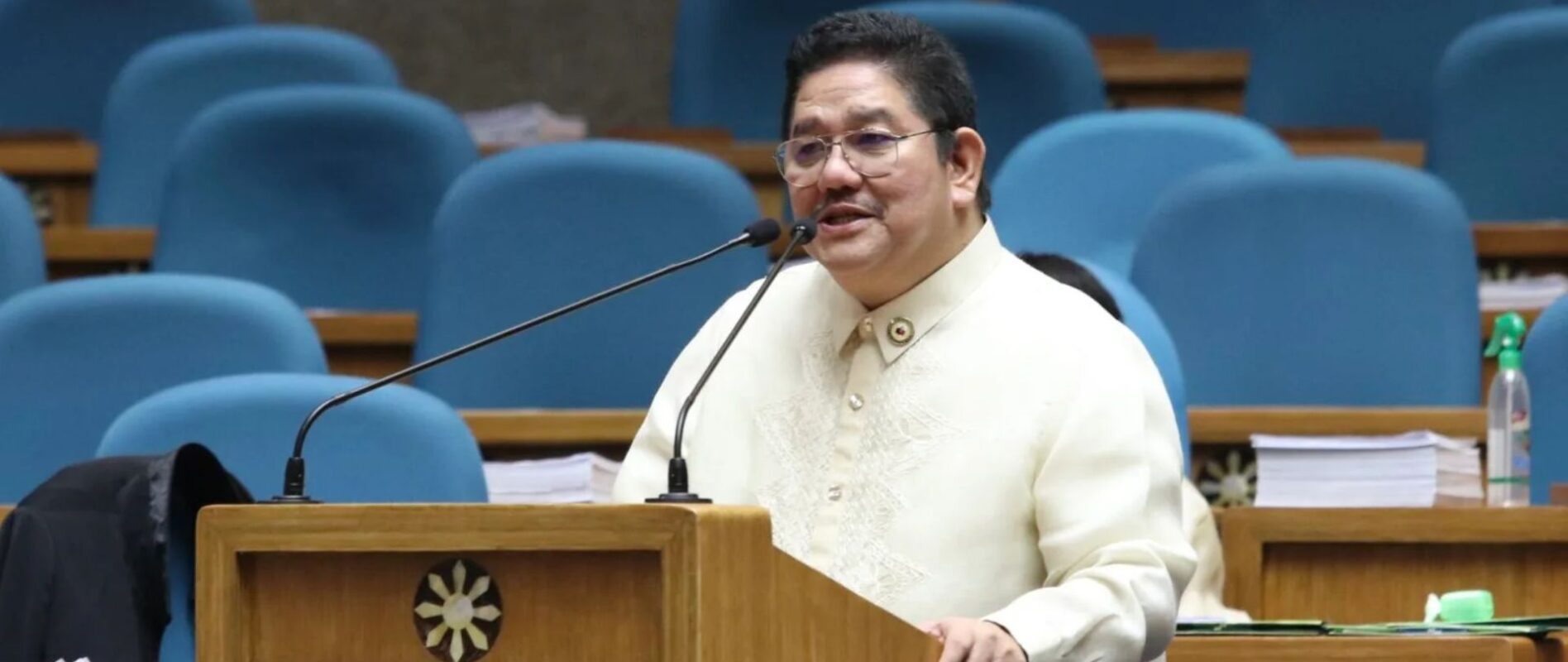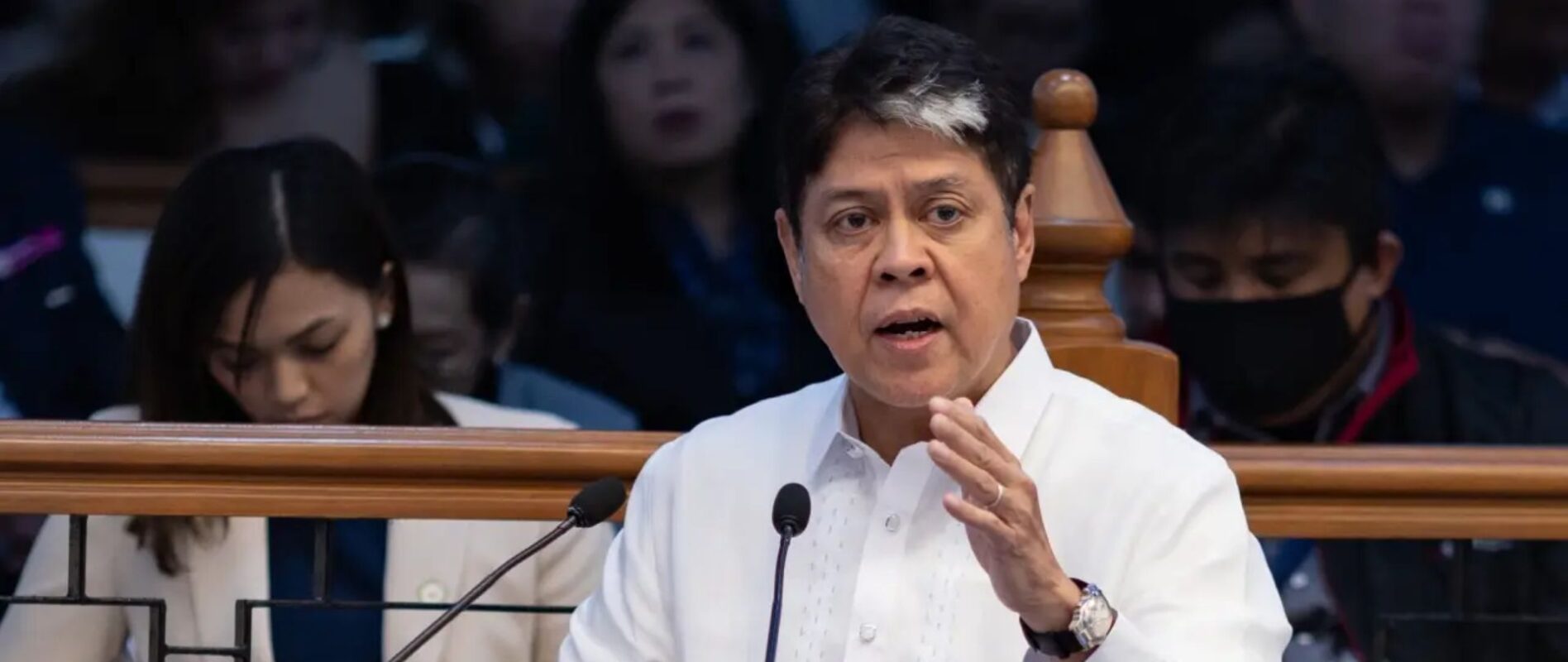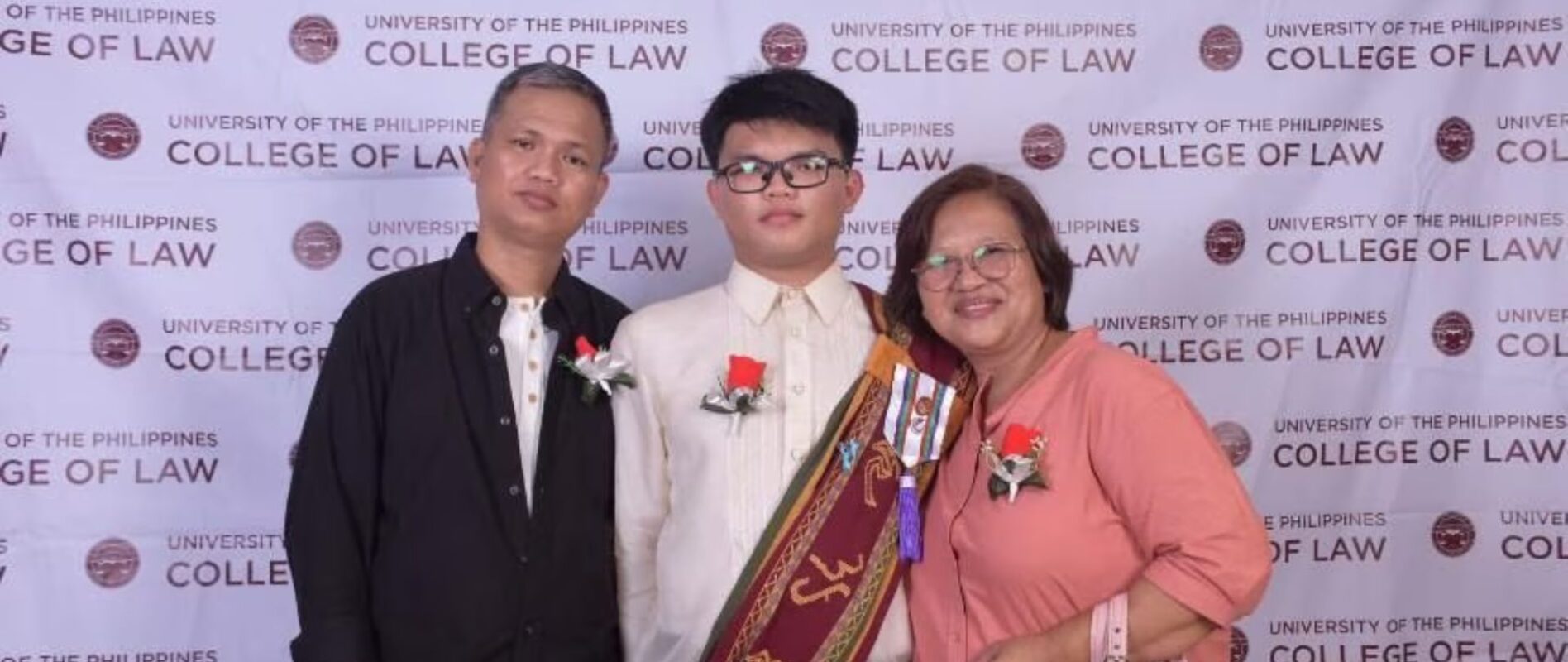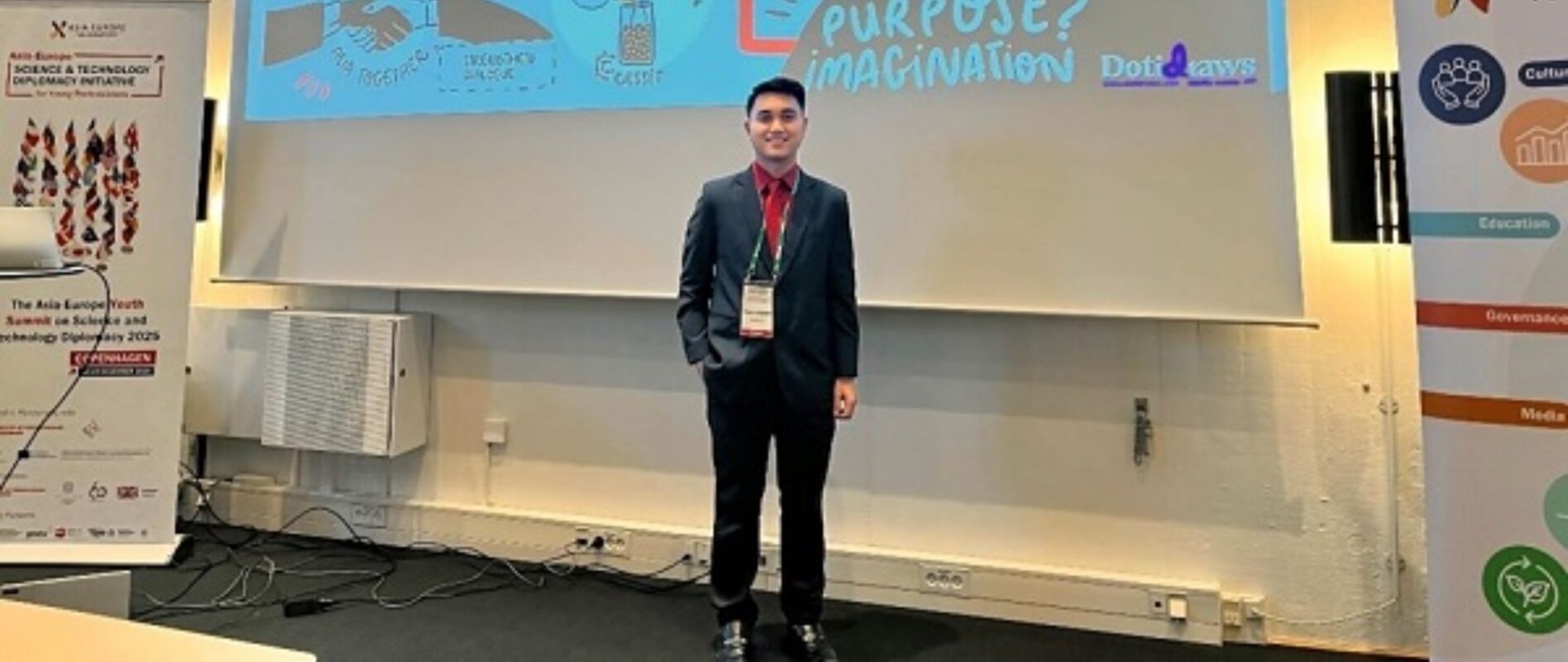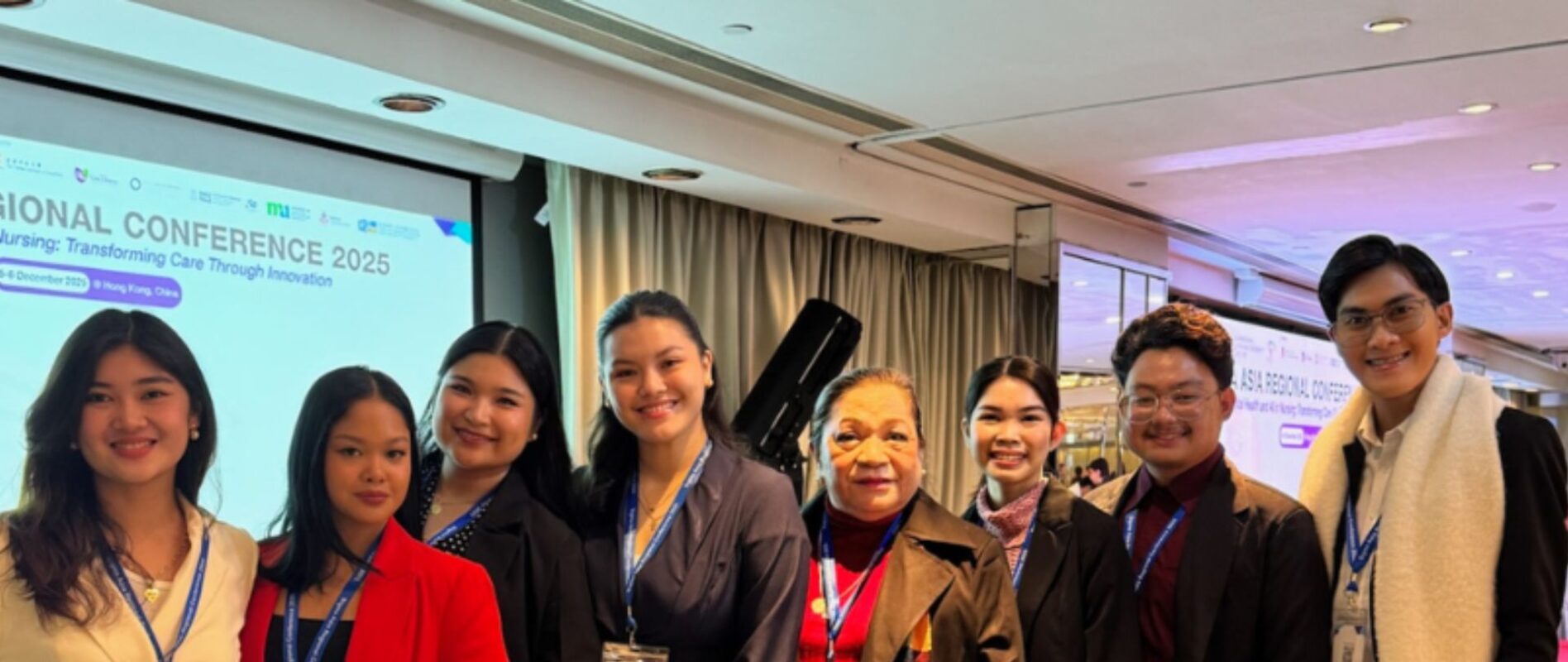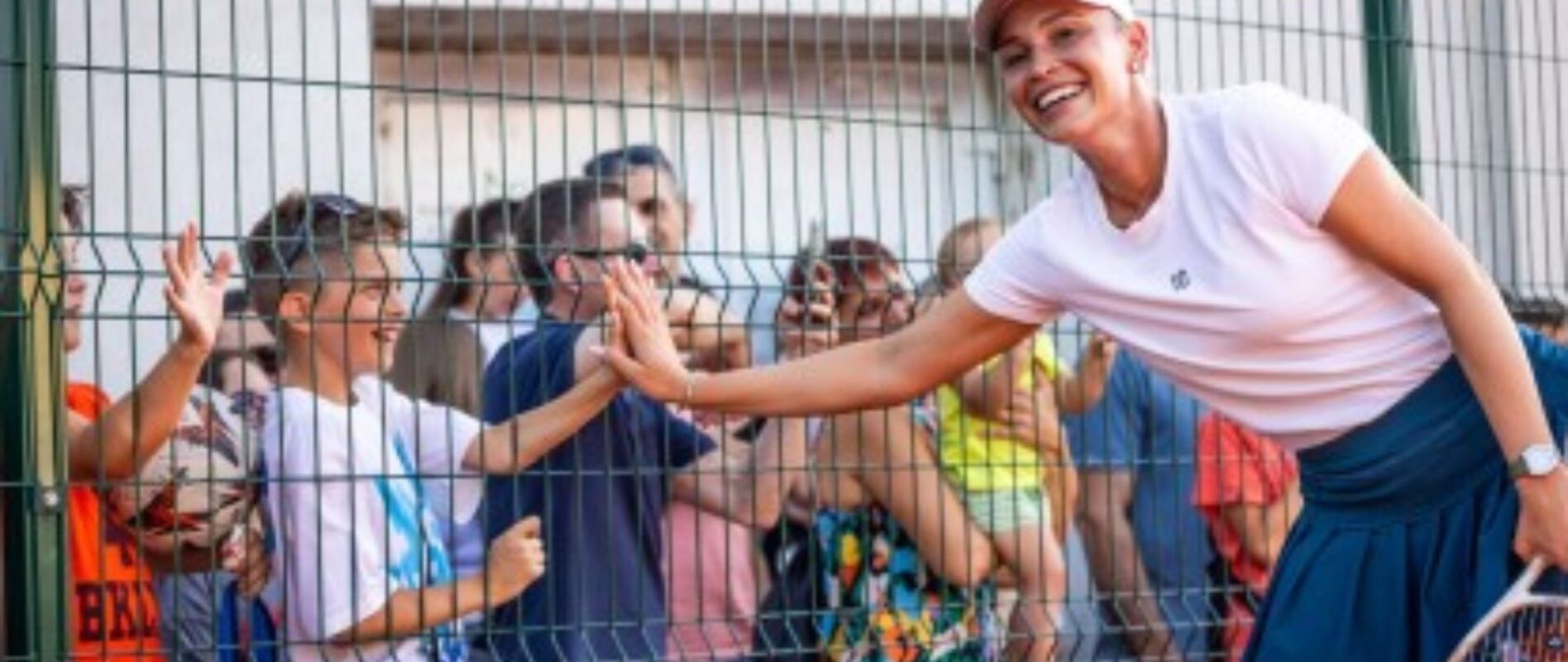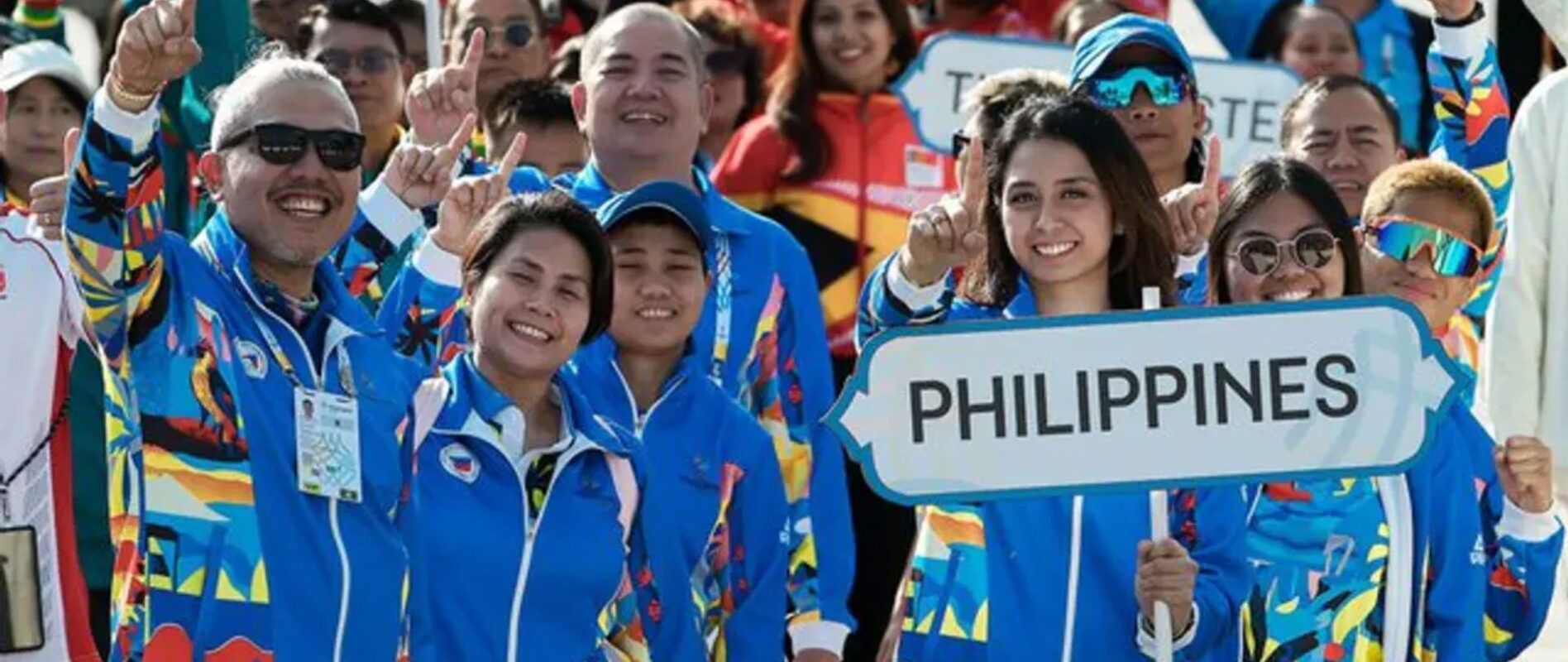UN, REGIONAL LEADERS URGED TO PRIORITIZE CHILDREN’S SAFETY
CHILDREN and youth called for regional leaders to prioritize their safety and inclusion in disaster risk reduction and climate action during the 2024 Asia Pacific Ministerial Conference on Disaster Risk Reduction on October 15 at the Philippine International Convention Center, Pasay City.
Climate and DRR child representative Candice, 14, represented young people across the region to demand that each country’s policies and frameworks for implementing disaster risk reduction measures leave no child behind.
“Let this be the moment when young people are no longer sidelined but fully integrated in risk reduction and climate action. Ensure that the future generation is safe and protected,” she said.
Together with a youth representative from Nepal, Sagar, Candice shared the key priorities that resulted from various consultations. These include promoting school safety, using technology for climate and disaster awareness, building resilient communities, and investing in child- and youth-led initiatives.
The consolidated statement was facilitated by the United Nations Major for Children and Youth, Asia Pacific Coalition School Safety, Save the Children Asia, UNICEF Philippines, Plan International Pilipinas, and World Vision Philippines.
The dialogue in which child and youth representatives presented the statement is chaired by Kamal Kishore, Special Representative of the United Nations Secretary-General for Disaster Risk Reduction and Secretary Antonia Loyzaga of the Department of Environment and Natural Resources.
In the same day, President Ferdinand “Bongbong” Marcos, Jr. said building stronger societies requires addressing the needs of vulnerable sectors, including the “very young.”
“We must ensure that every voice is heard and every person is empowered to contribute to disaster risk reduction and receive the assistance that they need if the time comes,” he said.
Recently, the World Risk Index identified the Philippines to be the world’s most disaster-prone country. This especially affects children from three million families living below the poverty line, threatening their education, well-being, and fundamental rights.
Save the Children Philippines, through its programs, continues to urge the government to recognize that children are not just victims of disasters but are active agents in DRR and Anticipatory Action.
In fact, Candice is part of the “Batang Empowered and Resilient Team”, a child-centered DRR training program that helps children understand the difference between risks and hazards at home and in schools. She joins thousands of child facilitators across the country who help teach co-children about DRR across public schools.
“Their perspectives must be included in early warning systems and preparedness strategies, empowering them to take an active role in shaping disaster preparedness, response and recovery efforts within their schools and communities,” said Marlon Matuguina, Save the Children Philippines’ Risk Mitigation and Climate Resilience Manager.
As the conference progresses, discussions will focus on inclusive strategies for disaster resilience, including gender-responsive and disability-inclusive approaches. Leaders and key stakeholders will emphasize the need for proactive, child-centered solutions that build a climate-resilient future for the region’s most vulnerable populations—its children.



